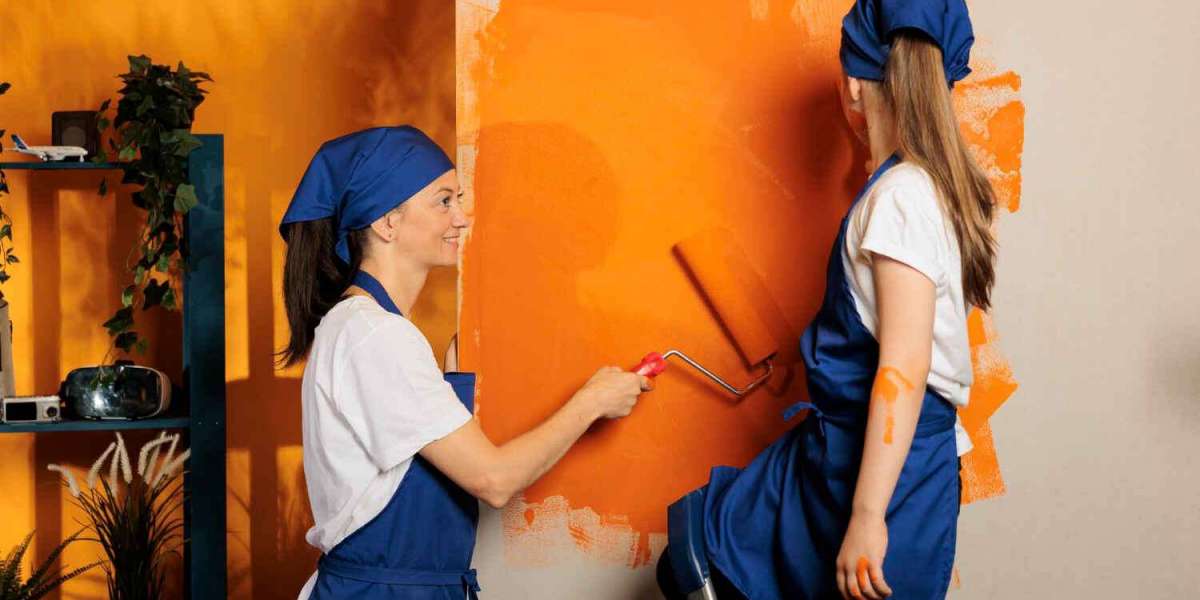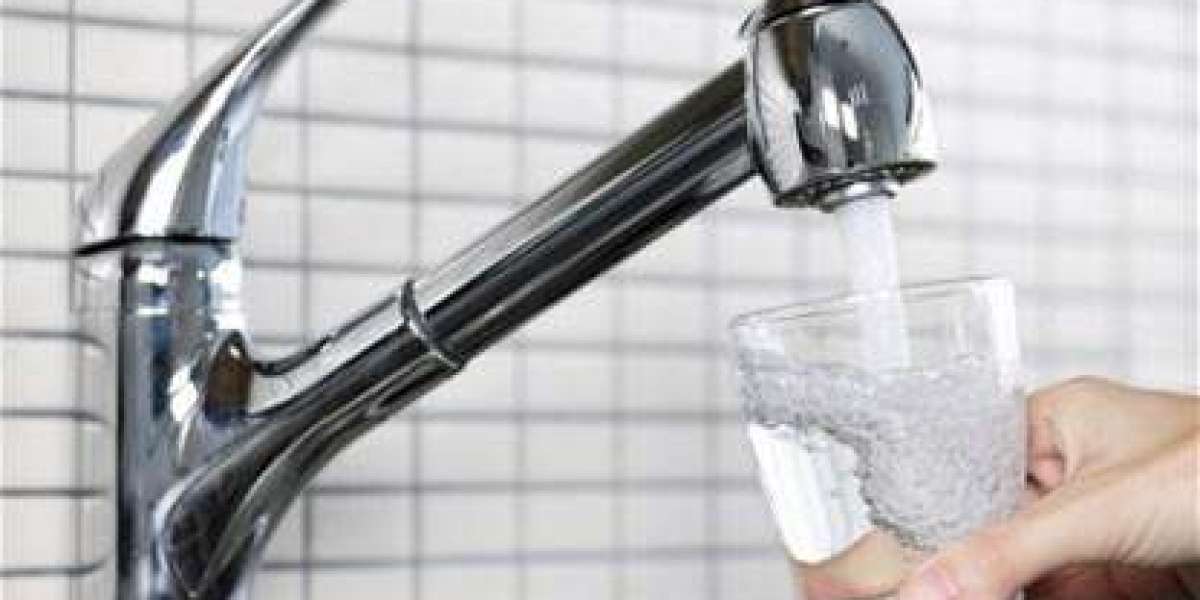The importance of adequate prep work and surface preparation must be considered when painting a surface. Similar to how an artist prepares their canvas, thoroughly preparing the surface guarantees a smoother paint application, reduces the chance of peeling or blistering, and enhances the overall quality and superior outcome of the paintwork. To get a high-quality outcome, it is necessary to assess the overall finish, lifespan, and durability. Do not forget that any paint cannot conceal a poorly prepared surface, no matter how good. The secret to getting a paint job that looks professional interior painting services involves careful and thorough surface preparation.
Different Painting Surface Preparation Techniques
Depending on the surface's composition and state, several surface preparation techniques are used before painting. It usually entails priming, cleaning, sanding, scraping, and repairing. While sanding and scraping assist in removing smooth surfaces and loose or peeling paint, cleaning gets rid of dirt, filth, and mildew. While priming protects the surface and creates an appropriate foundation for the paint, patching fixes any flaws or cracks. Additional processes, such as etching for smooth surfaces or using a deglosser for glossy surfaces, could be necessary for some surfaces. Using the right surface preparation techniques guarantees a high-quality, long-lasting finish.
The Essentials of Surface Preparation
The surface will be cleaned, repaired, and primed as necessary in these procedures.
Cleaning of the External Spaces
Ensuring the surface is clean and clear of any dust, dirt, oil, or other pollutants is the first stage in surface preparation. You can use a variety of cleaning products, such as soap, TSP (trisodium phosphate), or a light detergent, depending on the kind of surface. Before continuing, give the area a thorough cleaning and let it thoroughly dry.
Clear All Mold and Mildew
If a room has mold or mildew, take steps to remove it before painting. If you cover it, the patches will ultimately show through the fresh layer, increasing the difficulty of future surface maintenance and cleaning. Using a sponge and a 3:1 water-to-bleach ratio, treat the afflicted area to get rid of mildew and mold. After letting the liquid settle for a few minutes, scrape it with a gentle brush. Always wear personal protective equipment.
Fixing
Examine the surface for any flaws, such as holes, cracks, or uneven surfaces. To fix these flaws, use the proper putty or fillings. To ensure that the mended portions fit in smoothly with the rest of the surface, sand them down to a smooth finish.
Sanding
Sanding the walls before painting and priming is a crucial part of good surface preparation. Completing this step contributes to a smooth and level surface, while it's not always required. The task may be completed while limiting the mess by using a sanding block or sandpaper with a moist cloth. Painting over standard or high-gloss gloss paint requires smoothing first. Water-based paints respond well to fine-grit products, whereas oil-based paints frequently require a medium-grit product to completion
Applying Primer
Certain paint supplies incorporate primer to make the updating process easier. You'll probably need to paint a separate primer before applying your chosen shade on the wall if you have a dark color and wish to go lighter. Using uniform brushstrokes for the borders and lines of your walls or surfaces while applying primer is beneficial. Using a roller to apply a consistent coating to your exposed areas will help you maximize coverage. For the greatest effects, after applying the primer, please be sure to let it dry according to the manufacturer's instructions.
Why is surface preparation necessary?
The process of surface preparation guarantees that a material is prepared for coating, adhesion to other materials, or other surface-related applications. An unclean, greasy, flaking, or otherwise degraded surface might significantly lower a fresh coating's efficacy, lead to adhesion failure, or jeopardize a process in other ways. Surface preparation helps prevent future issues like corrosion and mechanical damage while also ensuring the greatest possible mechanical bonding, adhesion, or weld quality.
Valuable Impact of Appropriate Surface Preparation
Following are some of the valuable impacts of proper Surface Preparation on final results.
Longevity and Durability
A surface that has been properly prepped will guarantee that your coating or finish adheres correctly, forming a robust bond that will endure wear and tear. In the long run, this saves you time and money by extending the product's lifespan and improving its overall durability.
Smooth and Even Finish-H3
By removing blemishes from the walls or ceilings, surface preparation helps to provide a smooth and even finish. It makes imperfections, lumps, and uneven surfaces less noticeable, which promotes even paint application.
Improved Adhesion
Excellent adhesion between the substrate and the finish is encouraged by proper surface preparation. You may make the surface clean and smooth so that the coating will adhere to it more successfully by cleaning out dirt, filth, and pollutants.
Professional and aesthetically pleasing outcomes
A polished finish starts with proper surface preparation. You will get an outcome you can be pleased with when the paint is placed on a surface that has been properly prepared. This will improve the interior visual appeal of your property.
Cost-Effectiveness
Surface preparation ensures that you receive the maximum return on your investment by optimizing the usage of coatings. Coatings may spread uniformly and use less material when applied to properly prepped surfaces, which lowers the project's overall cost.
Conclusion
To put it briefly, prepare your surface before you apply your best interior paint! This is the most important tip. Having things last is more important than just having them seem nice. You are creating the conditions for a smoother, more brilliant finish by priming, cleaning, and repairing flaws. Think of it as providing your paint a firm basis to hold onto, avoiding cracking, peeling, and fading. Sure, it takes a bit more time early, but trust that it pays off. A perfectly prepared surface not only looks amazing but also preserves the shine of your creation for a very long time. Give your canvas the attention it needs before you let your creative side go, and watch your paint job improve!








